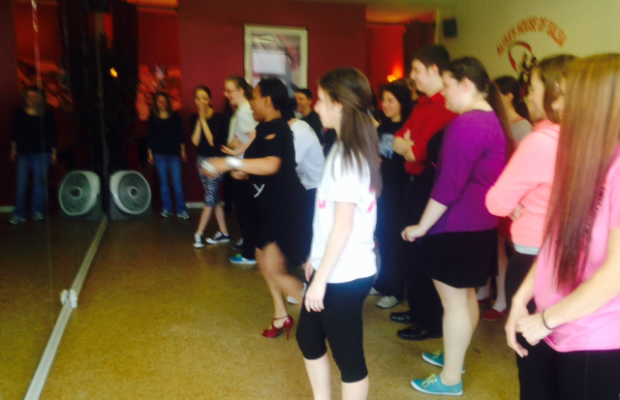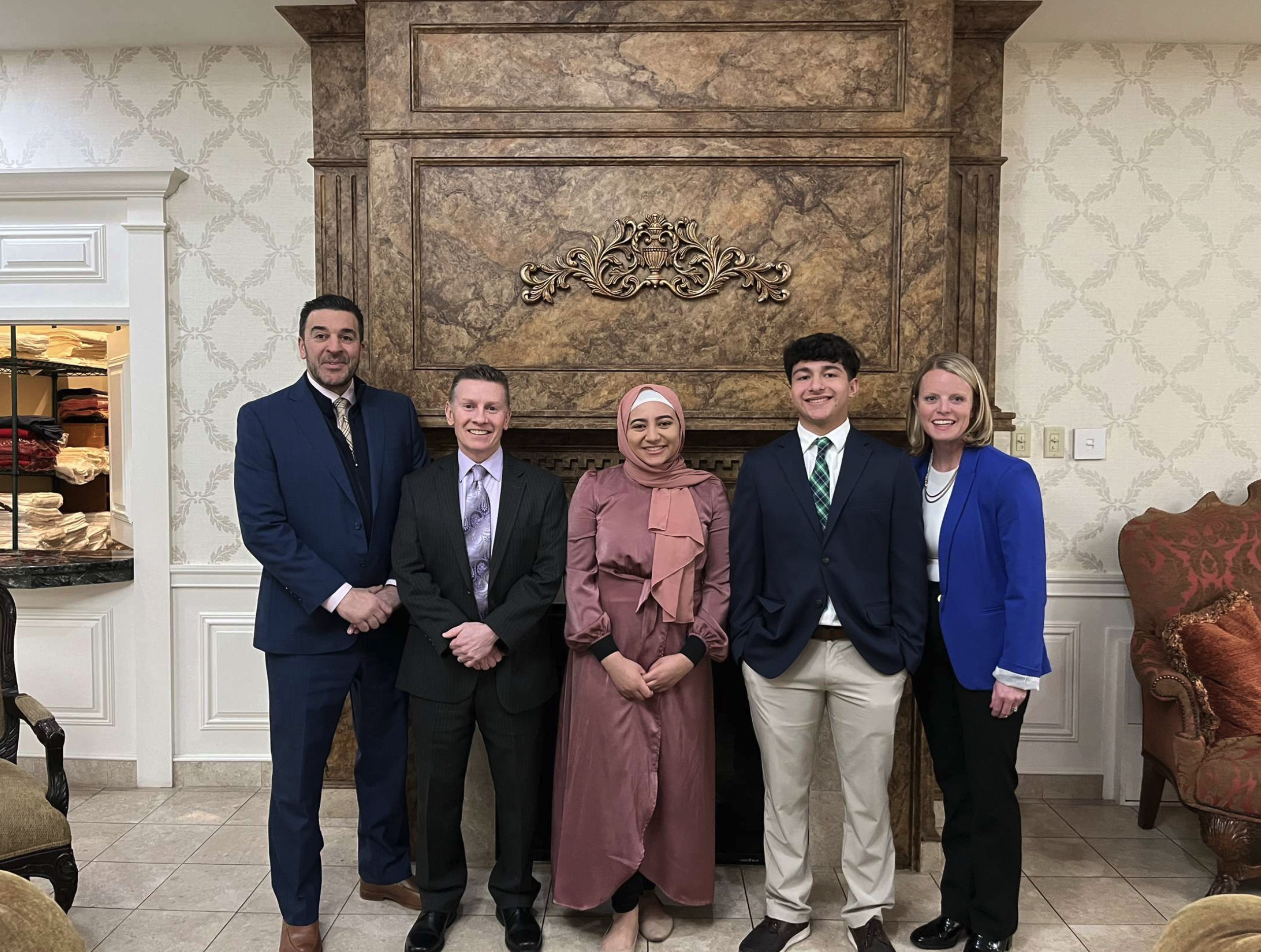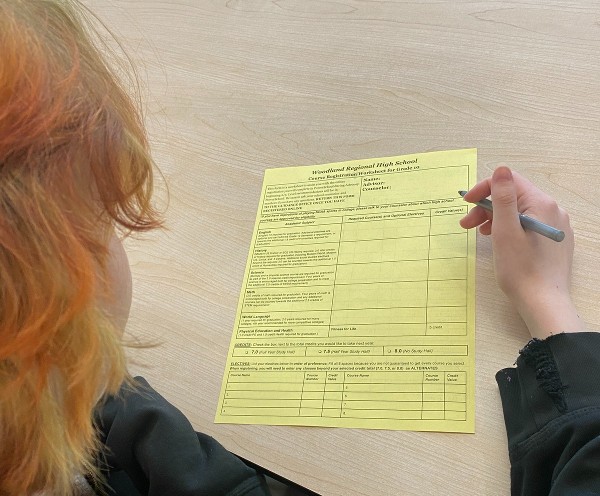Step forward, step middle, step back. Step forward, step middle, step back. These steps seem simple enough, especially for an honors student. But for the Woodland Regional Foreign Language Honor Society went to Alicia’s House of Salsa as a field trip. Here they learned those first few beginner salsa steps were harder than an exam they hadn’t studied for. It took Foreign Language Honor students several minutes just to get the basic steps down. Students stepped on each others toes and looked at their feet, appearing clumsier by the minute.
It’s more than just a “Repeat after me,” ‘Hola’, ‘Bon jour’, ‘Ciao’. Learning a foreign language is one thing but adding culture is another. To add a cultural experience to the languages the Foreign Language Honor Society decided to take a trip salsa dancing lesson and then to an Italian restaurant. In past years the honor society went to New York City for the day, but this year they decided to do something new and exciting. The advisors received advise the from the Foreign Language department chair, Loren Luddy who thought dancing would appeal to a larger audience.
Salsa dancing can look intricate and complex. But in reality the moves themselves are simple steps; it is the flare that dancers add to the moves that make the dancing look complicated yet fierce.
But in the beginning of the lessons the students were anything but fierce. As the students rotated between partners the tension and awkwardness only grew. No one was looking each other in the eyes as they held hands and began to salsa. Most only looked down and laughing to ease the tension of holding their fellow classmate close.
Even though the students felt awkward as the lesson went on it was clear to everyone that they were enjoying learning how to salsa. “The salsa dancing was even more fun than expected,” stated Foreign Language Honor Society director, Daniella Santos, “because the students were able to pick up on the moves quickly.”
As students learned the basics of salsa, marange, and cumbia the tension subsided and the dancing became a more enjoyable experience.
Salsa dancing has been around for generations but is often a style over looked in society. The roots of salsa were formed from Cuban Son, to the beat of Son Montuno in the 1920’s. The New York Style of dancing originated in the 1970’s. Salsa dancing is considered to be a combination of swing dancing, Hustle Afro-Cuban and Afro- Caribbean dances. This type of dancing was named “salsa” because it has a spicy hot connotation.
Important characteristics of salsa include timing, basic steps, foot patterns, and body rolls. Salsa dancing is not all about the steps but also the techniques. To add style salsa dancing uses shimmies, spins, lifts, and body isolation to add attitude and individuality.
Once the Foreign Language Honor Society learned the basics of salsa dancing the instructor separated all the students into groups so they could put their own spin on all the moves. Once the students personalized the moves the class held a “salsa off”. All the groups performed their versions in hopes of winning a prize. Some of the interesting individual choices included twerking, spinning, and the wave.
Holding nothing back as they showed off their individuality, the winners of the “salsa off”, James Giacomazzi and Salma Shitia, were not afraid to get in each others faces to prove they were the best.
Learning about a new culture is one thing but experiencing a culture is a different story. According to Santos, next year students will be able to “experience” this new culture also. James Giacomazzi and Salma Shitia looked sassy as they spun, side stepped, and body rolled their way to victory.
Because of the success Santos has high expectations for this trip next year. Santos stated, “We are looking to go on the field trip again next year because it was such a success.”



















